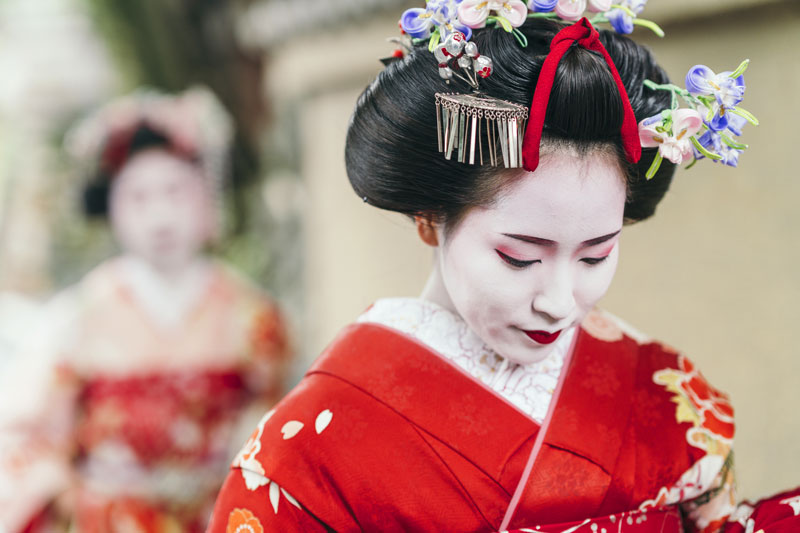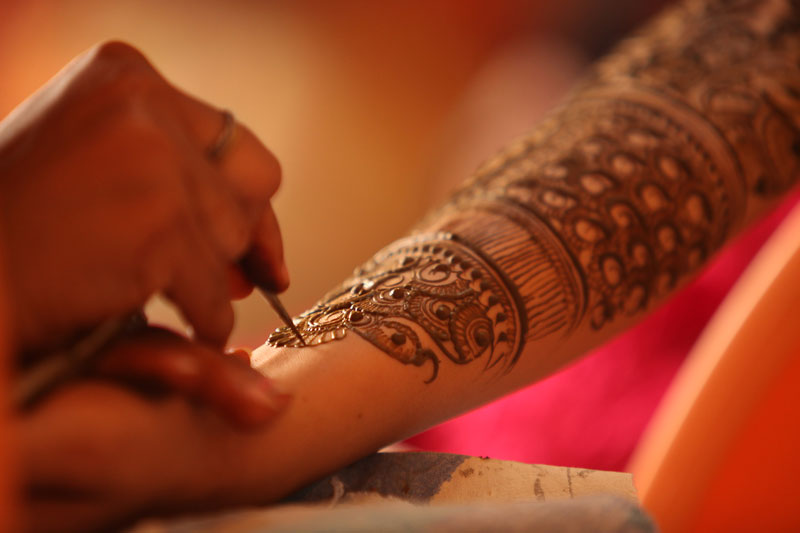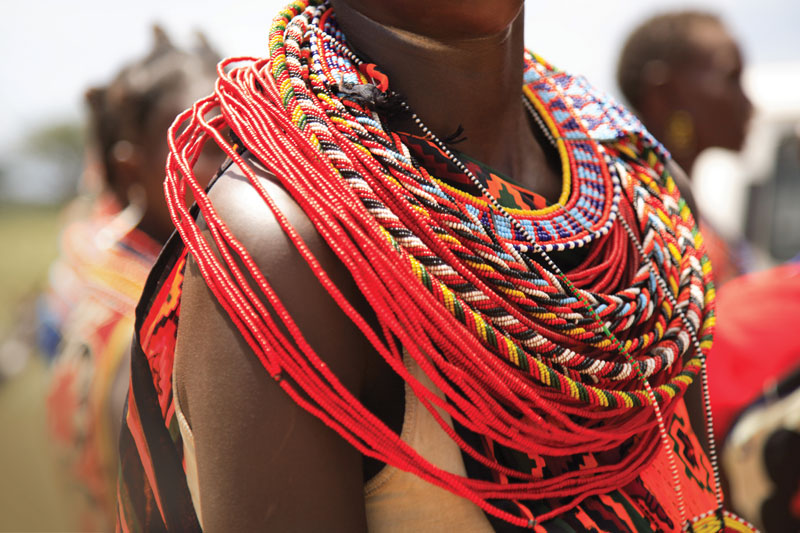
What does every culture of the world have in common?
They each practice unique, and often truly fascinating, art and beauty customs. From living works of art like the Geisha of Japan, to the intricate handmade jewellery of the Masai people in Kenya, here are a few of our favourite ways that people around the globe take what’s already beautiful and provide artistic expression, grace and purpose.
The Art of the Geisha

Geisha, also known as Geiko or Geigi, are Japanese entertainers who masterfully perform the beloved rituals of their culture. One of the most recognizable characteristics of the Geisha (apart from their luxurious, colourful garments) is their white foundation, which provides a stark contrast against their perfectly-carved red lips, skilfully-applied eye makeup and strikingly dark hair colour. Dating back to the Heian period, it was customary to wear porcelain white makeup to perfect the appearance of the skin while performing song and dance under harsh lighting.
The Precision of Henna Tattoo

Henna is a ritualistic form of tattooing, dating all the way back to the early 17th century. The true origin of this art form is unknown, but is deeply rooted in different cultures throughout the Middle East, India, and Africa. Traditionally, it has been used for both cultural and spiritual purposes, like religious ceremonies and weddings. In Indian tradition, for example, Mehndi (Henna) brings health and prosperity to the bride as she celebrates marriage. You may have seen this technique replicated in a much simpler manner where you live, however, its original form is still widely practiced and admired in many cultures throughout the world.
The Integrity of Masai Handmade Jewelry

The Masai village of Kenya is home to the most beautiful and distinct forms of tribal artwork the world has ever seen. Masai (alternatively Maasai) people wear striking, red robes with handmade jewellery, crafted into intricate designs with beads and metal wire. Colours and structure are not only purposeful, but crucial to their design—beaded headdresses and necklaces indicate social status and symbolize values like purity and bravery. Crimson coloured garments serve as protection for the tribe, with the intent of warding off lions from a distance. The loud instruments, colours and voices of the Masai village give hope to more modern society, where time-honoured artistry may be fleeting.
Which beauty practices from around the world inspire you? Share what you love about them in the comments below!
